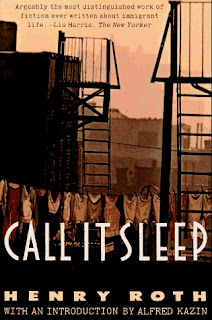Aristotle’s assertion that “poetic language must appear strange and wonderful” has been taken up and reworked time and again by theorists and writers as varied as the English Romantics and the Russian Formalists. Viktor Shklovsky, in “Art as Technique” writes, “the purpose of art is to impart the sensation of things as they are perceived and not as they are known. The technique of art is to make objects unfamiliar.”
Two things can be seen to follow from Shklovsky’s position: if perception is based on the interpretation of stimuli, physical and psychological, then any object, including the art object, can be rendered in completely unexpected ways. The onus is on the artist to juxtapose novel or conflicting ideas or images next to each other to create new ways of seeing something.
And the art object, product of a decontextualizing, defamiliarizing project, will elicit a multitude of responses, often initially of surprise or incomprehension. The audience expects to understand the art work but the comprehension is often momentarily — and deliberately — delayed.
Henry Roth’s dense, poetic first novel, “Call It Sleep”, published in 1934, makes ample but judicious use of techniques that bring about “defamiliarizing” sensations in the reader.
The quote I have chosen to demonstrate my proposal comes from the prologue. And while this section is written by an omniscient, third person narrator and the remainder of the story is told through the eyes of the child/protagonist, David Schearl, startling or dramatic tropes used to describe the immigrant experience in New York city at the turn of the twentieth century are present throughout the text.
I have selected a short, four sentence description of the Statue of Liberty with which to show how Roth works language to create feelings that are unsettling.
“And before them, rising on her high pedestal from the scaling swarmy brilliance of sunlit water to the west, Liberty. The spinning disk of the late afternoon sun slanted behind her, and to those on board who gazed, her features were charred with shadow, her depths exhausted, her masses ironed to one single plane. Against the luminous sky the rays of her halo were spikes of darkness rowling the air; shadow flattened the torch she bore to a black cross against flawless light - the blackened hilt of a broken sword. Liberty. The child and mother stared again at the massive figure in wonder.”
To achieve defamiliarization Roth creates unusual, startling metaphors - the flame is a “black cross”, a “broken sword”; the rays of the statue’s halo are “spikes” that are “roweling the air”.
He uses the language of violence to describe what he sees and perhaps what he feels about the statue - she is “charred”, “exhausted”, “ironed”, “flattened”. She is almost two-dimensional. The backdrop is also monochromatic: the sun has slanted behind Liberty and the people on board the ship experience her as “shadowed”, “dark” and “blackened”.
A black cross has negative religious connotations. A broken sword signifies defeat. A rowel is sharp. These are unusual and unsettling initial images of the symbol that represents a land of opportunity, one that offers freedom. Feelings of menace and precarity are described in similar fashion throughout the book making it a truly dark novel.
“Call it Sleep” is also a marvel: it is the first novel of a young man who has written a Joycean-inspired story that has become a classic of American literature.
Follow @deltorniv






